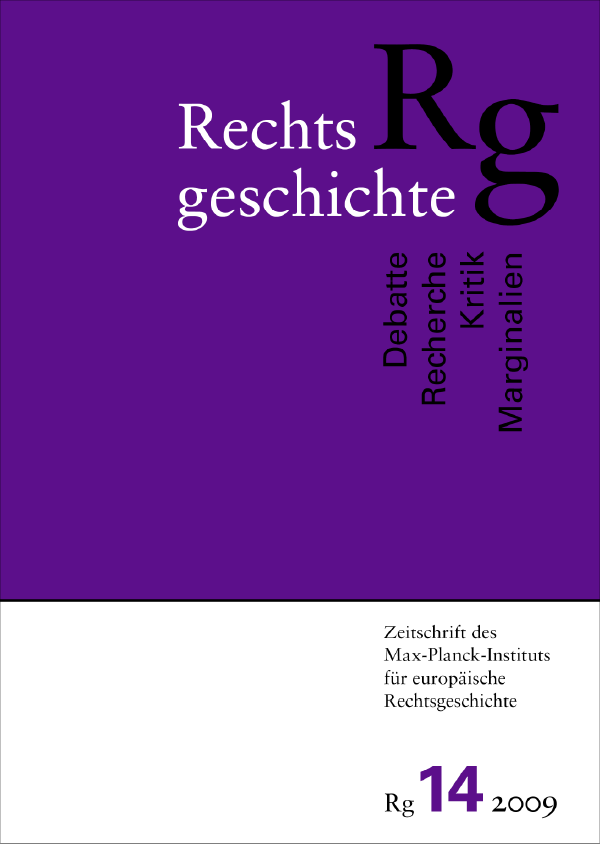»Geborene Opfer«
Bausteine für eine Geschichte der Viktimologie – Das Beispiel Hans von Hentig
DOI:
https://doi.org/10.12946/rg14/122-147Abstract
Before 1945, German criminology was strongly influenced by structures formed previously by penal law and its requisites for the fight against crime. It focused, therefore, on the criminal, and constructed, at most, a passive picture of the victim of crime. Beyond penal law, however, these structures were gradually widened and finally disassembled.Within this process, three important trends can be identified: First of all, eugenic and biologistic concepts were transplanted into criminology. Conceiving of social life in terms of a struggle for existence, criminologists tended to differentiate between criminals and victims, illustrated by the example of the reception of anti-Semitism in the works of Hans von Hentig and Cesare Lombroso. Secondly, contemporary criminal psychology occasionally broadened its scope of research from the »born criminal« to the »born victim«. Sexual violence, for example, was first and foremost perceived from a reactionary and anti-emancipatory position. From this point of view it seemed logical to shift the blame for sex crime to the victims of these offences. Moreover, the administrative strategy in the fight against crime changed during the 1920s and 1930s: the approach of optimizing public security by means of a universal programme of prevention directed attention to the victim’s share in the crime. Thus, perception of the victim was also influenced by these changes in criminal policy. Initially, all these factors were isolated; it was not until the end of World War II that they were combined into a single concept of victimology. Nevertheless some of the ambivalences of its early history can still be found in today’s victimological theory.
Downloads
Published
How to Cite
Issue
Section
License
Copyright (c) 2009 Author

This work is licensed under a Creative Commons Attribution-NonCommercial-NoDerivatives 3.0 Unported License.





